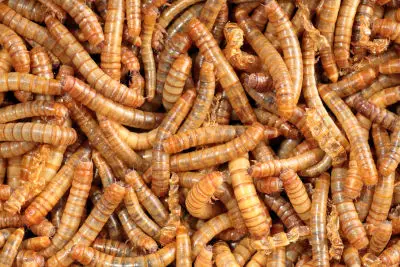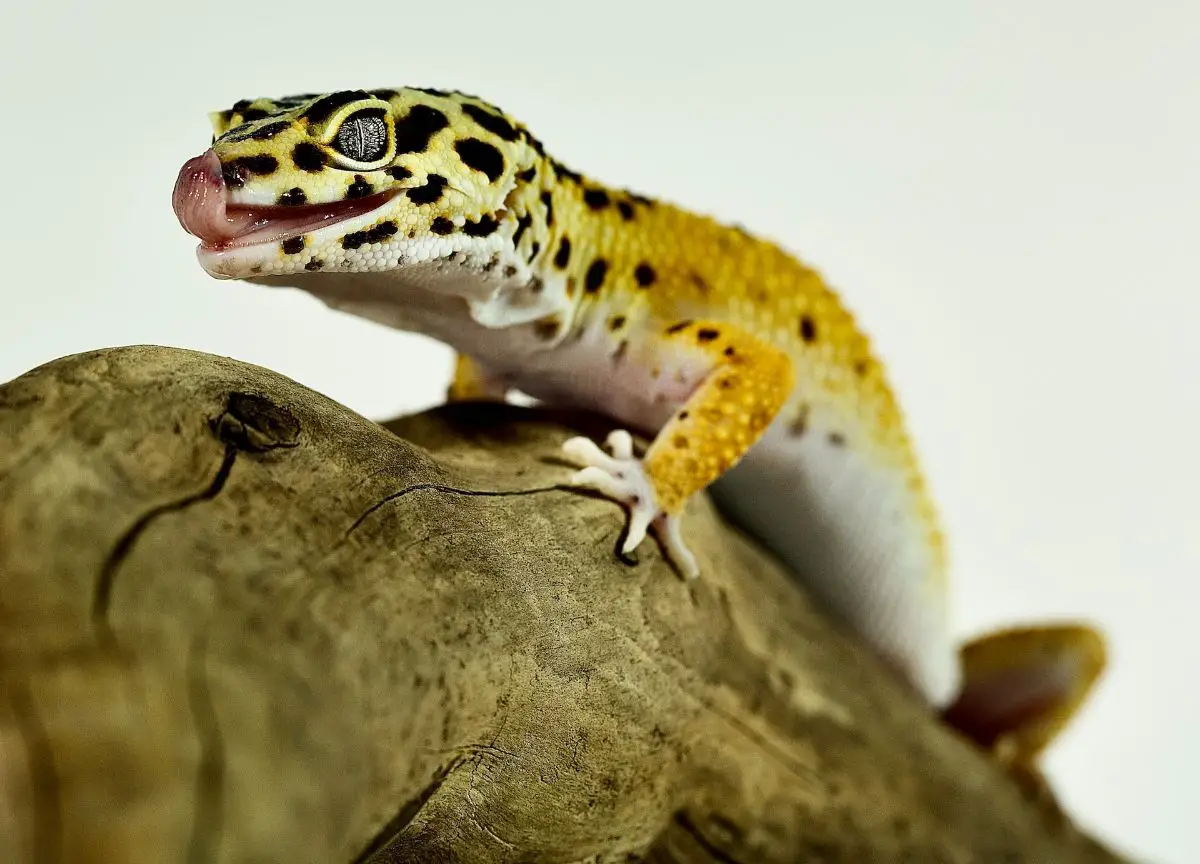Can a Lizard Survive Being Stepped On? The Answer May Surprise You
Lizards are fascinating creatures that can be found in various environments around the world. They are known for their unique physical features and impressive survival skills. However, one question that often arises is whether a lizard can survive being stepped on.
The answer to this question is not straightforward and depends on several factors. Firstly, the size and weight of the person or object stepping on the lizard play a crucial role. A small lizard may be able to survive being stepped on by a child, while a larger lizard may not be able to withstand the weight of an adult. Additionally, the type of lizard and its physical condition at the time of being stepped on also impact its chances of survival.
| Are these foods dangerous for your Beardie? | |
| Avacado? Click here to learn, from this guide, if this food is dangerous |  |
| Superworms? Click here to learn, from this guide, if this food is dangerous |  |
Despite the potential risks, lizards have evolved various mechanisms to protect themselves from harm, such as camouflage and quick reflexes. In this article, we will explore the factors that determine whether a lizard can survive being stepped on and the various ways in which these fascinating creatures have adapted to their environments.
Lizard Anatomy and Physiology

A Leopard Gecko sitting on top of a tree branch.
Skeletal Structure
Lizards have a unique skeletal structure that allows them to move quickly and efficiently. Their bones are thin and lightweight, with many small, interconnected bones in their feet and tails. This allows them to be very flexible and agile, but also makes them more vulnerable to injury.
When a lizard is stepped on, the force of the impact can cause their bones to fracture or break. This can be especially dangerous if the lizard’s spine or skull is impacted, as these injuries can be fatal. However, if the lizard is able to survive the initial impact, their bones have a remarkable ability to heal and regenerate.
Healing and Regeneration
Lizards are able to heal and regenerate their bones more quickly than many other animals. This is due to their unique bone structure, as well as their ability to produce new bone tissue at a rapid rate. When a lizard’s bone is fractured or broken, their body immediately begins to produce new bone tissue to repair the damage.
In addition to their ability to heal bone injuries, lizards are also able to regenerate lost limbs. This is an incredibly rare ability among animals, and is due to the lizard’s ability to produce new cells and tissues at a rapid rate. While the process of limb regeneration can take several months, it allows lizards to recover from even the most severe injuries.
Overall, while being stepped on can be very dangerous for a lizard, their unique anatomy and physiology allows them to survive and recover from many types of injuries.
Factors Influencing Survival
Force of Impact
The force of impact plays a significant role in determining whether a lizard can survive being stepped on. If the impact force is too great, the lizard’s internal organs may be damaged, leading to death. Factors that can influence the force of impact include the weight of the person stepping on the lizard, the height from which they fall, and the surface on which the lizard is stepped on.
Size and Species of Lizard
The size and species of the lizard also play a crucial role in determining its chances of survival. Smaller lizards are more vulnerable to injuries than larger ones, and certain species may be more resilient than others. For example, some species of lizards have thicker skin and are better equipped to withstand trauma.
Immediate Response to Trauma
The immediate response to trauma is critical in determining whether a lizard can survive being stepped on. If the lizard can quickly move away from the impact site and avoid further injury, it may have a better chance of survival. Additionally, the ability to recover from shock and regain normal body functions is also essential for survival.
In conclusion, the survival of a lizard after being stepped on depends on various factors, including the force of impact, size and species of the lizard, and immediate response to trauma. It is crucial to handle lizards with care to avoid causing unnecessary harm and injury.
Human-Lizard Interactions
Preventing Accidents
Lizards are often found in areas where humans live, such as houses, gardens, and parks. It is important to take precautions to prevent accidental harm to these creatures. One way to do this is to keep the environment clean and tidy, as lizards are attracted to areas with insects and debris. It is also important to watch where you step and be aware of your surroundings, especially when walking in areas where lizards are known to live.
Response to Injuries
If a lizard is accidentally stepped on, it is important to assess the situation and take appropriate action. If the lizard appears to be injured, it should be taken to a veterinarian or wildlife rehabilitation center as soon as possible. In the meantime, it is important to keep the lizard warm and calm, and avoid handling it unless necessary.
It is important to note that some species of lizards, such as the Gila monster and the Komodo dragon, can be dangerous to humans and should be avoided. If you come into contact with one of these species, seek medical attention immediately.
Overall, it is important to be mindful of human-lizard interactions and take steps to prevent accidental harm to these creatures. By following these guidelines, we can coexist with lizards in a safe and respectful manner.